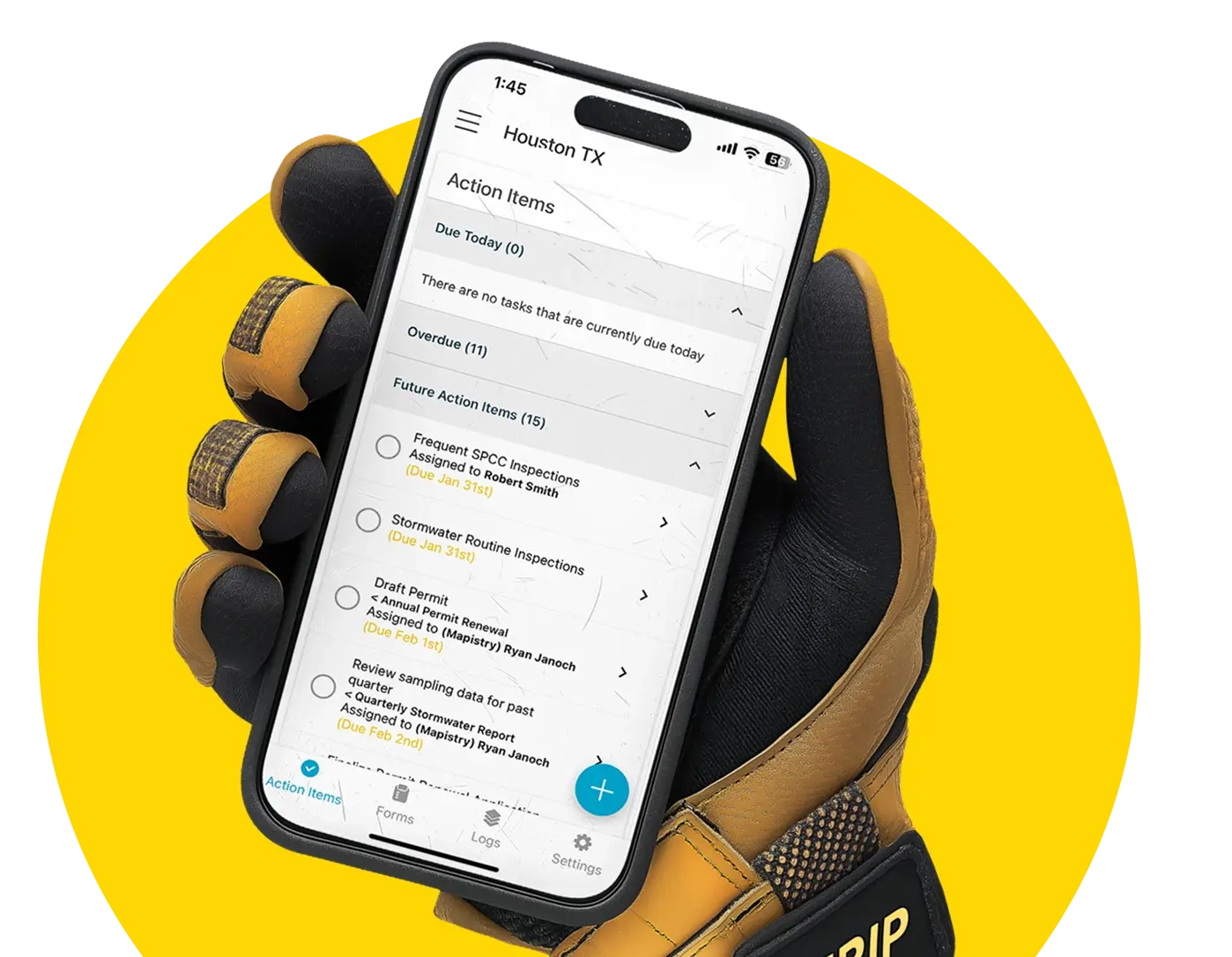Getting The Most Out Of Annual Evaluations For Stormwater
So, hopefully everyone in California with an industrial stormwater permit knows what an Annual Comprehensive Facility Compliance Evaluation is?
Maybe we can use ACFCE to abbreviate that? I agree, there are too many acronyms in the SWPPP world already, so let’s just call it an Annual Stormwater Evaluation. Now some would stop me right here and say, “I already know about those! That thing we fill out on SMARTS that we always do last minute!”
Then I say NO! Those are Annual Reports.
What’s the difference?
An Annual Report is a summary for the waterboard that has a deadline (July 15th), the California SWPPP year ends June 30th and begins July 1st. The Report specifies that a “Compliance Checklist” that indicates “whether a Discharger complies with, and has addressed all applicable requirements of the General Permit”.
As well as an explanation for non-compliance, and where and when the SWPPP has been revised over the past year. Then…the big point…the date of the Annual Evaluation!!! SO, if you have been under the impression the Annual Report and the Annual Evaluation are the same thing…that should be news to you. ONE IS REQUIRED FOR THE OTHER!
Then what is the Annual Evaluation?
The Annual Evaluation is, as its full name implies, a COMPREHENSIVE Evaluation. You can look at it as an annual audit of your stormwater program. The Annual Evaluation is required to be conducted once per reporting year (July 1 to June 30th), but oddly enough has no formal deadline.
The deadline is rolling based on the last time you completed an Annual Evaluation. The evaluation must take place no fewer than 8 months or no more than 16 months since the last Annual evaluation took place. So…the Annual Evaluation could be conducted right after the reporting year ends (July 1) but prior to when the Annual Report is due (July 15) and this is where the once per year but no fewer than 8 months or more than 16 months rule comes in. You couldn’t have conducted an Annual Evaluation for one year in June then the next in July.
We don’t suggest going by some rolling deadline for your facility, it’s just not easy to remember, it seems the Annual Evaluation gets overlooked often enough as it is.
At Mapistry, we suggest is that the Annual Evaluation takes place prior to the Annual Report each year (May or June). T
This way you can give a thorough review of your stormwater program and accurately reflect that review in your Annual Report. Additionally, this is a good opportunity for facilities to review their results to determine if they will be entering Exceedance Response Action Level I status.
The Annual Evaluation requires at minimum to consist of:
- A review of all records: Sampling, visual observations, and inspections
- A comprehensive inspection for evidence or potential of pollutants entering stormwater conveyance system, including, all areas of industrial activity and associated potential pollutant sources
- An inspection of all drainage areas previously identified as having no exposure to industrial activities.
- An inspection of all BMPs and any equipment needed to implement those BMPs
- A review and assessment of all BMPs for effectiveness
- An Assessment of any other factors needed to comply with Section XVI.B. (Guess what that is in the IGP…the Annual Report!!!)
While reviewing your stormwater activities, monthly inspections, sampling, and data reports, you should take this opportunity to assess the overall quality of your compliance program. Completing a simple audit is a great way to accomplish this. It helps you fully understand what you are doing, identify gaps, and mitigate compliance risk areas before they turn into violations, lawsuits, or penalties.
If you are not sure where to start, have a meeting with your team, ask them some detailed questions like:
- Have we had any exceedances?
- Has our SWPPP been updated?
- When was your last training?
- How often is each of the BMPs maintained?
- Are all the BMPs working effectively? (If you’re in elevated status that could indicate no)
- Where are all your records kept? If it’s in a book on site ask to take a look at it.
- How many corrective actions are written down each month?
- How quickly was each of the corrective actions completed on average?
If you or your team have any problems answering these questions you might need to spend some time working on your stormwater program.


%201%20(2).png)

